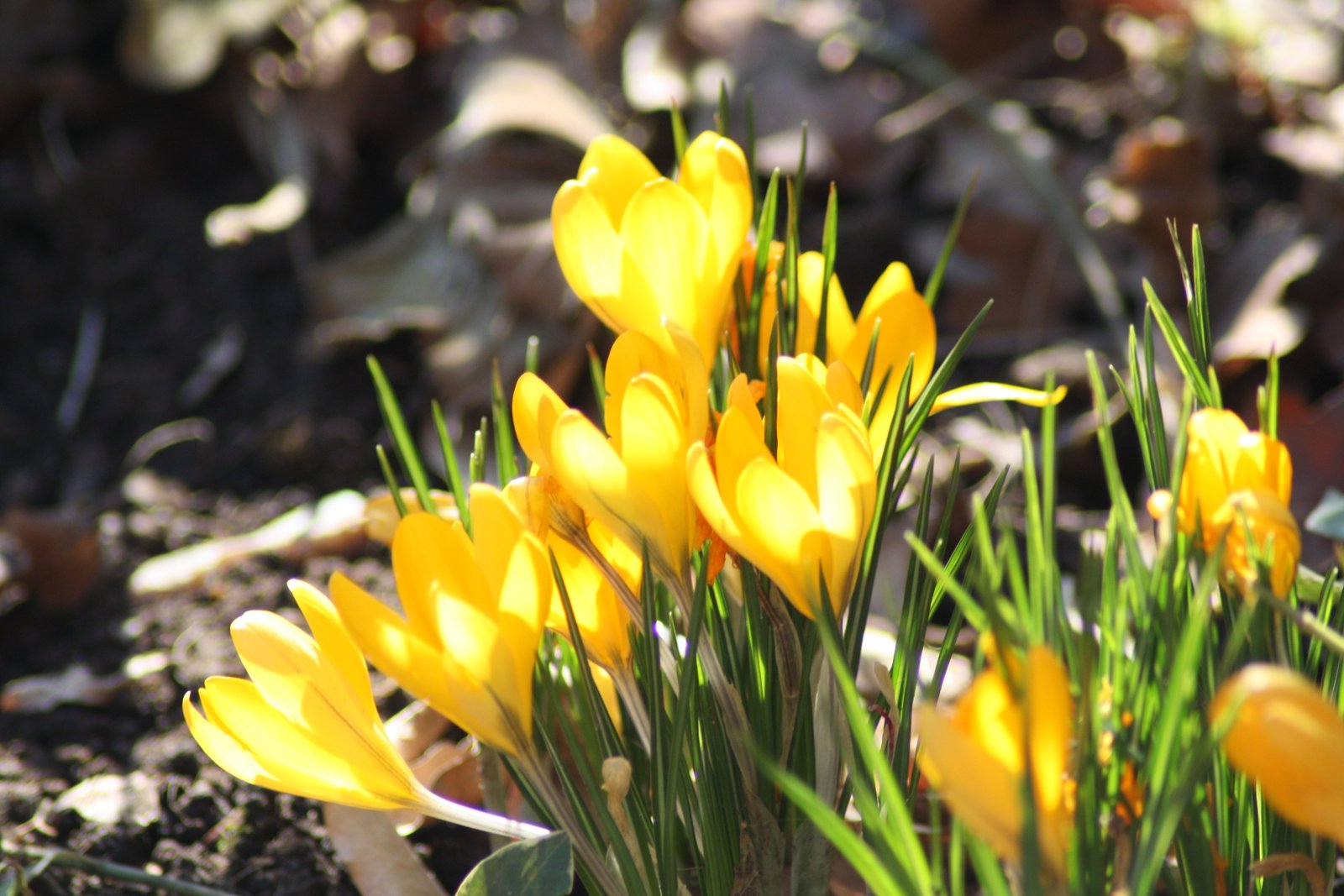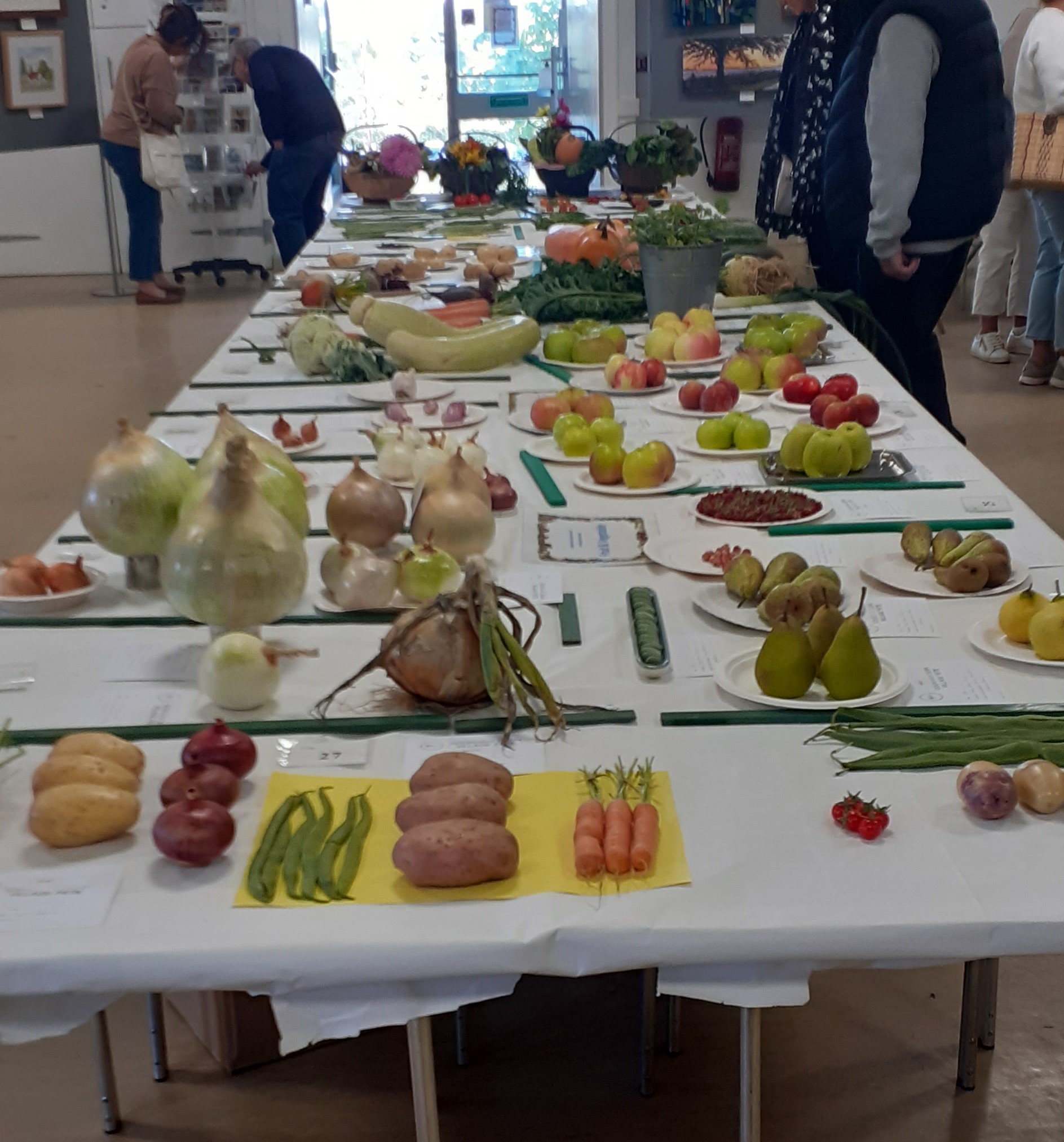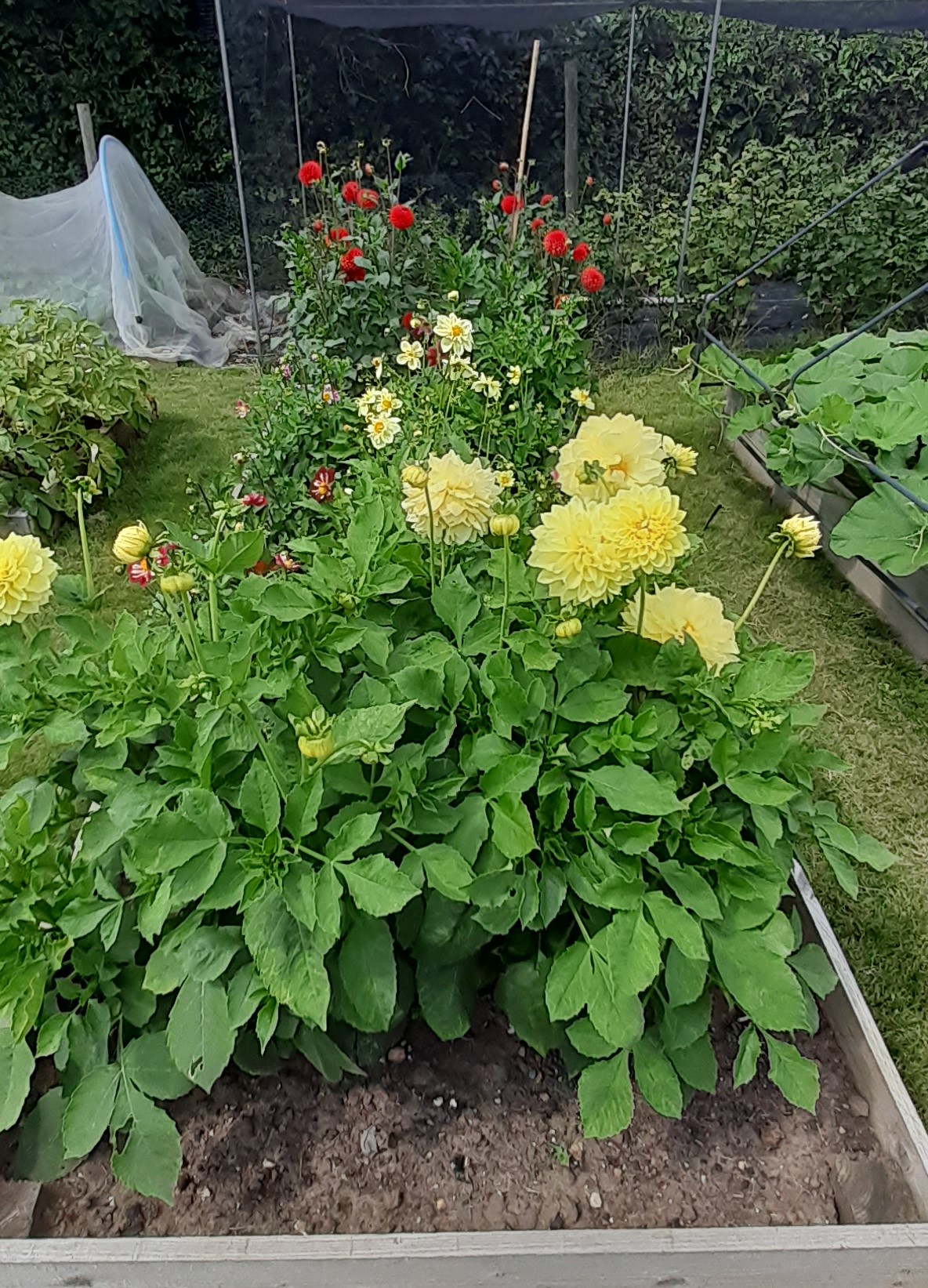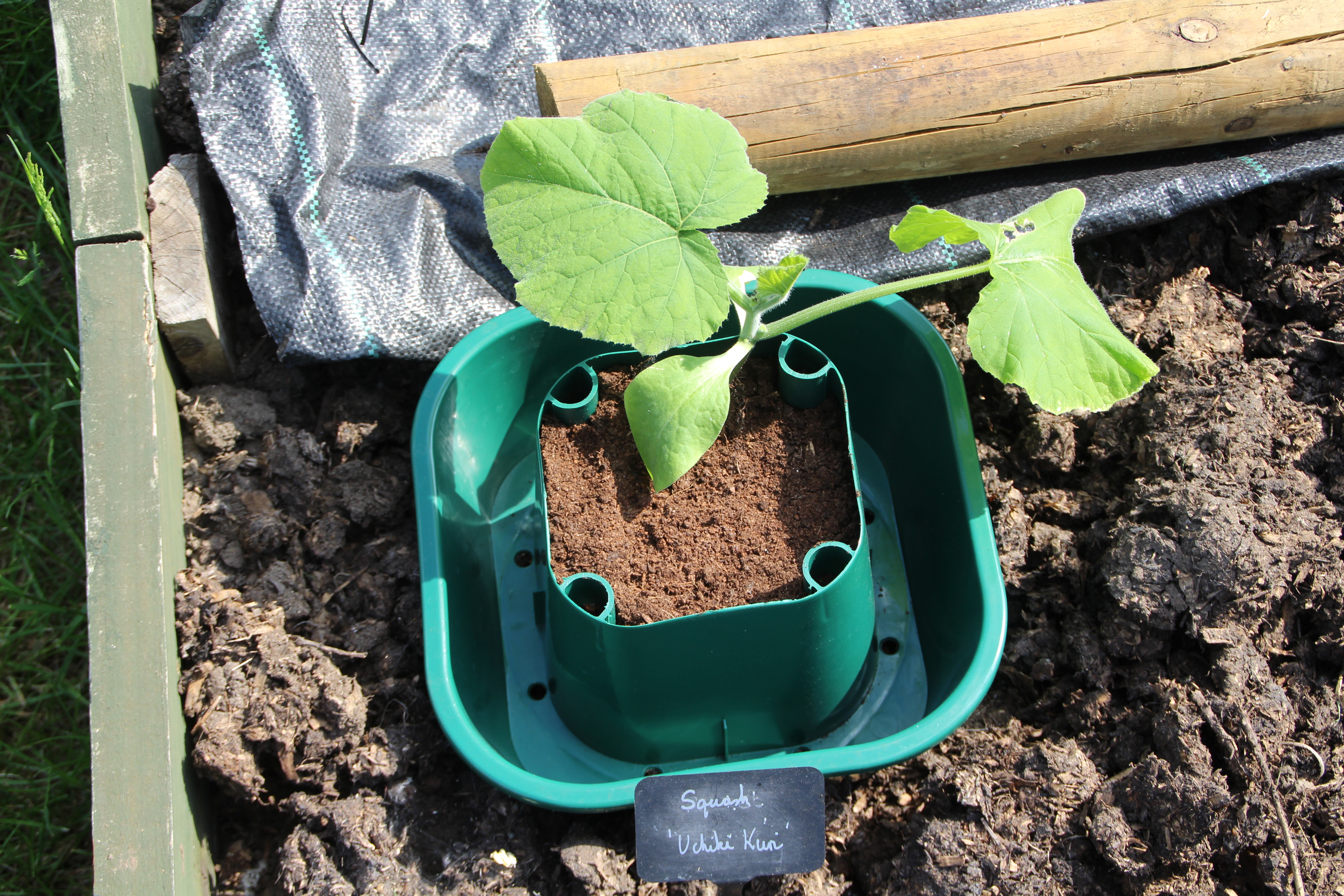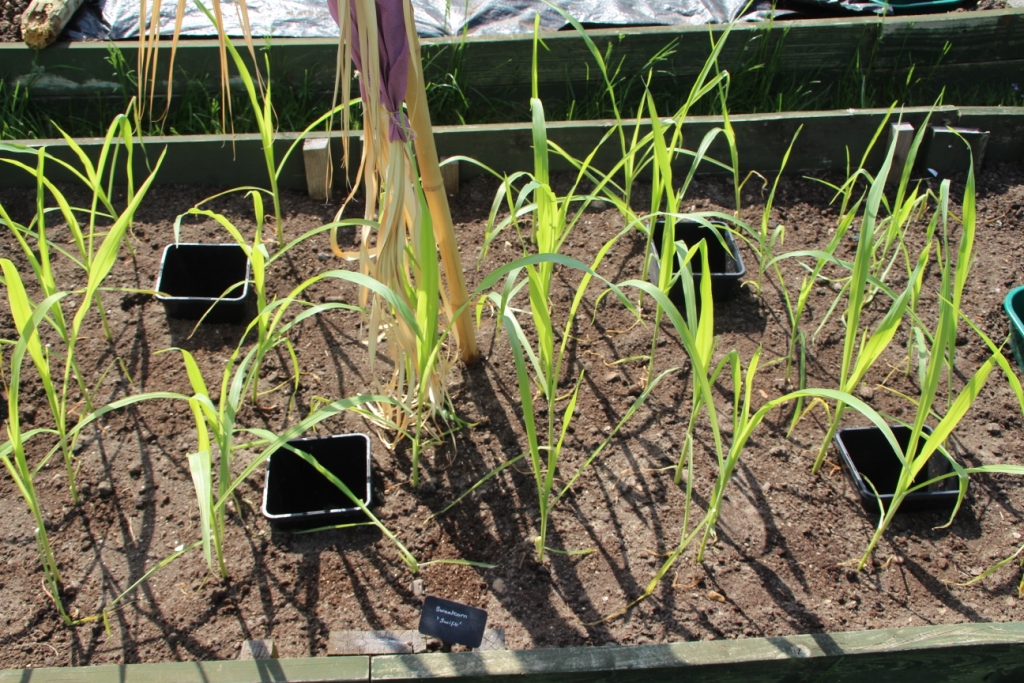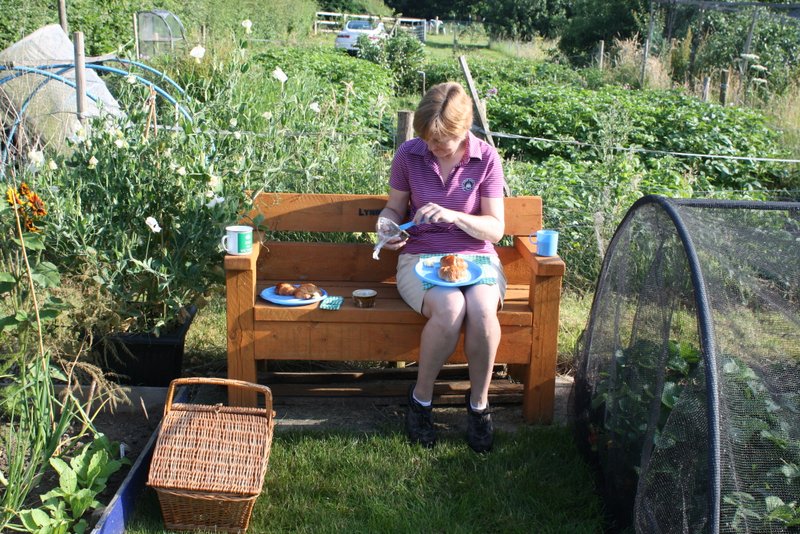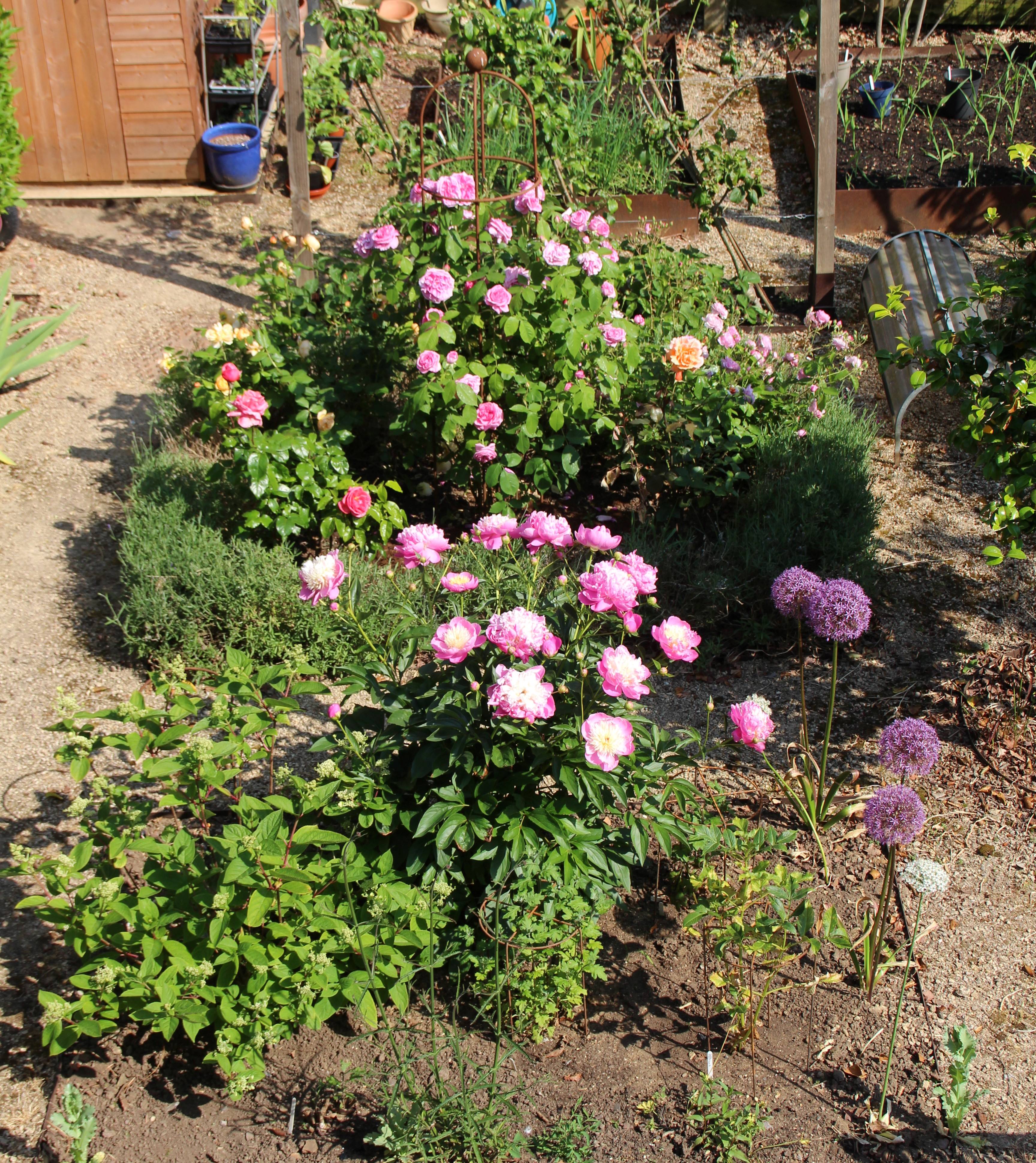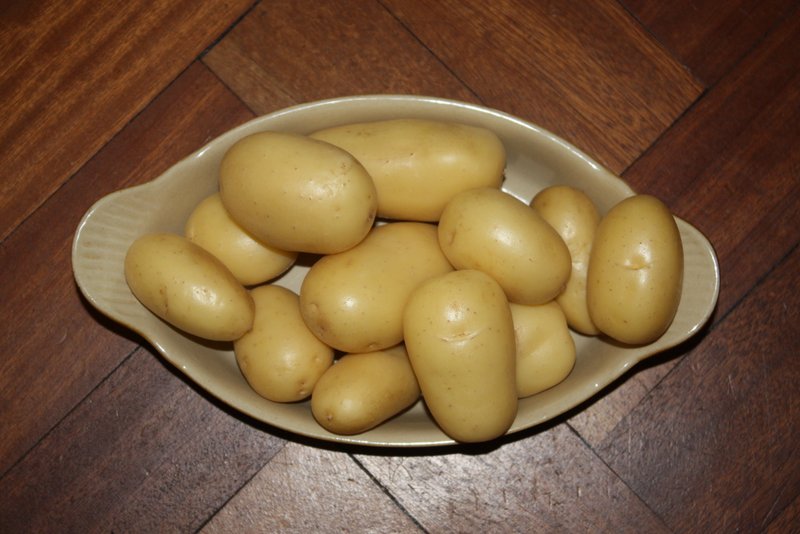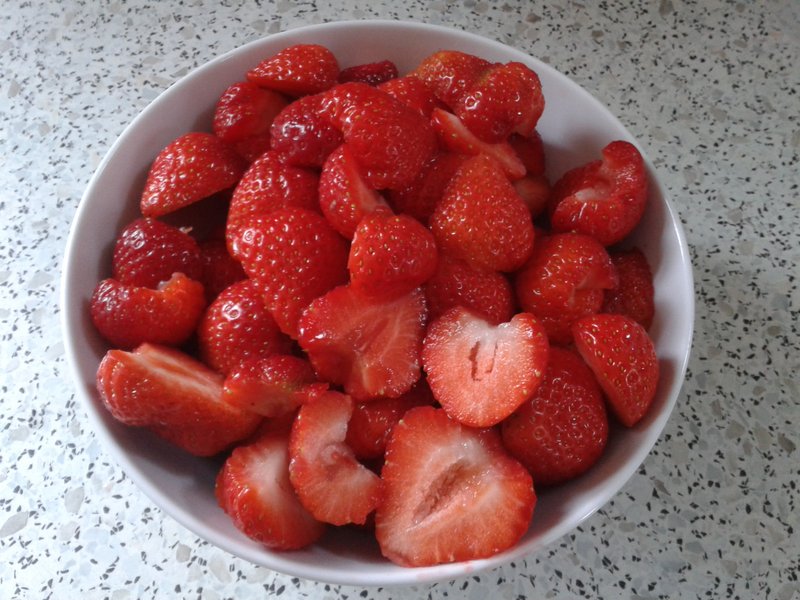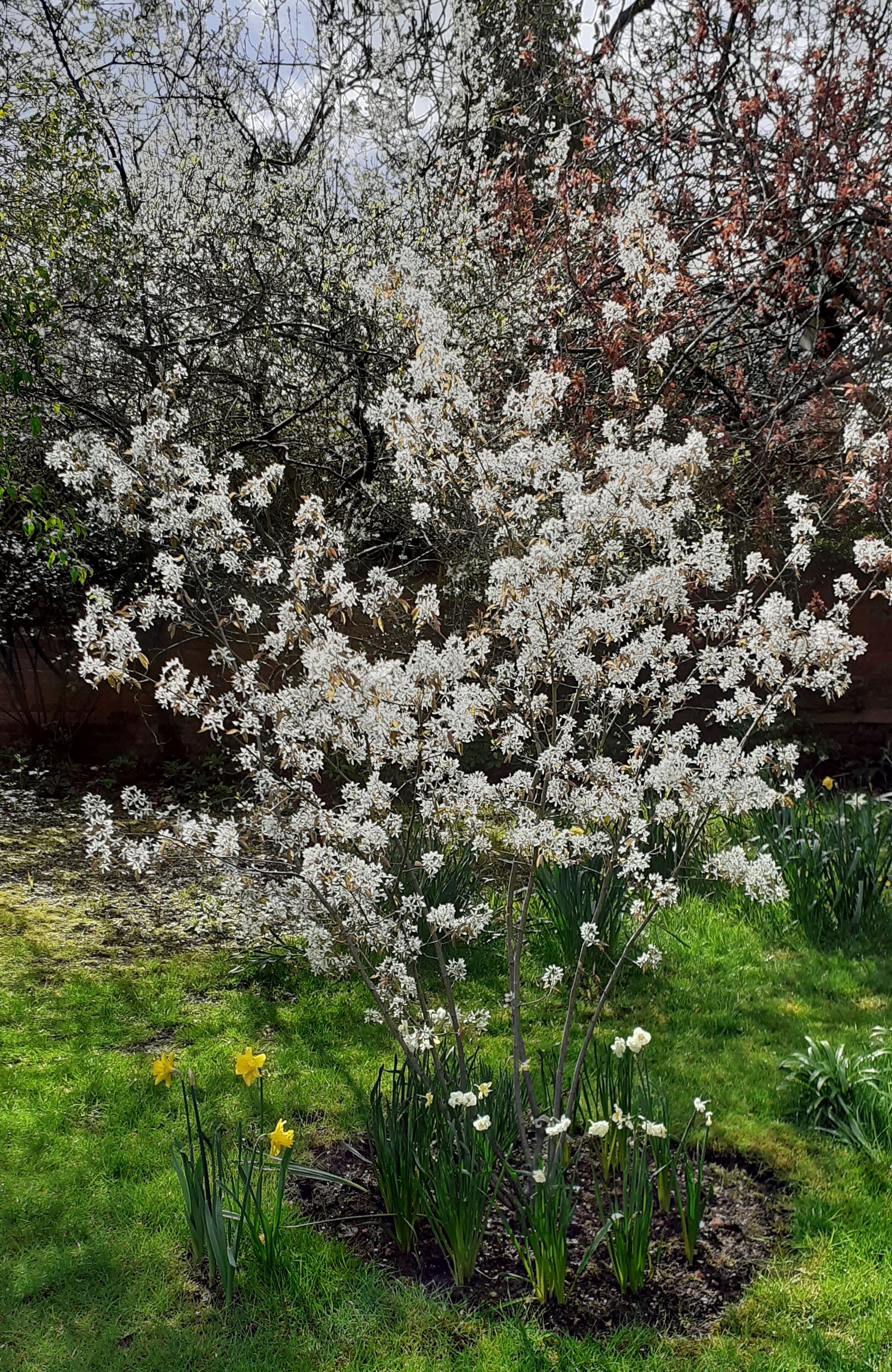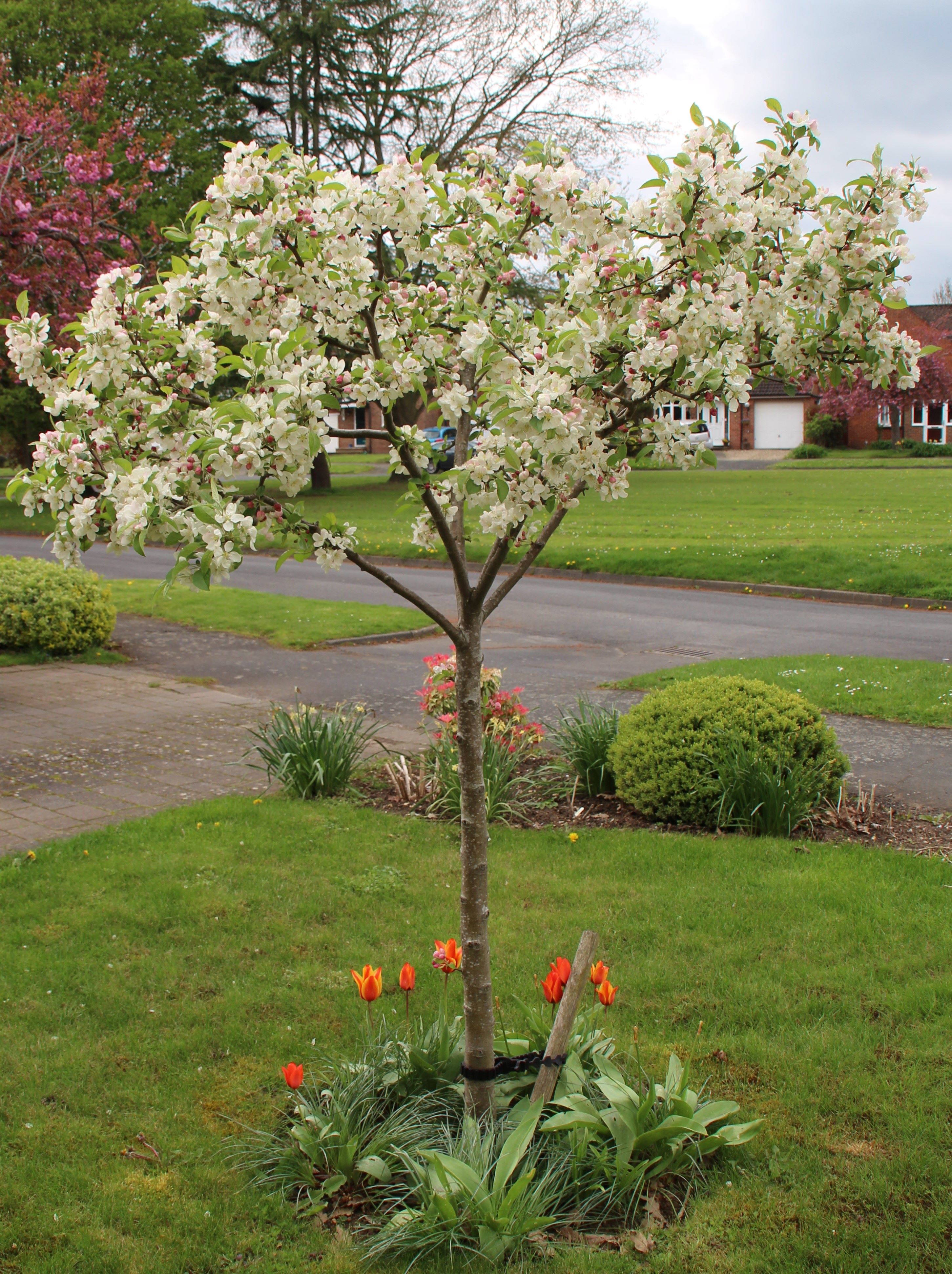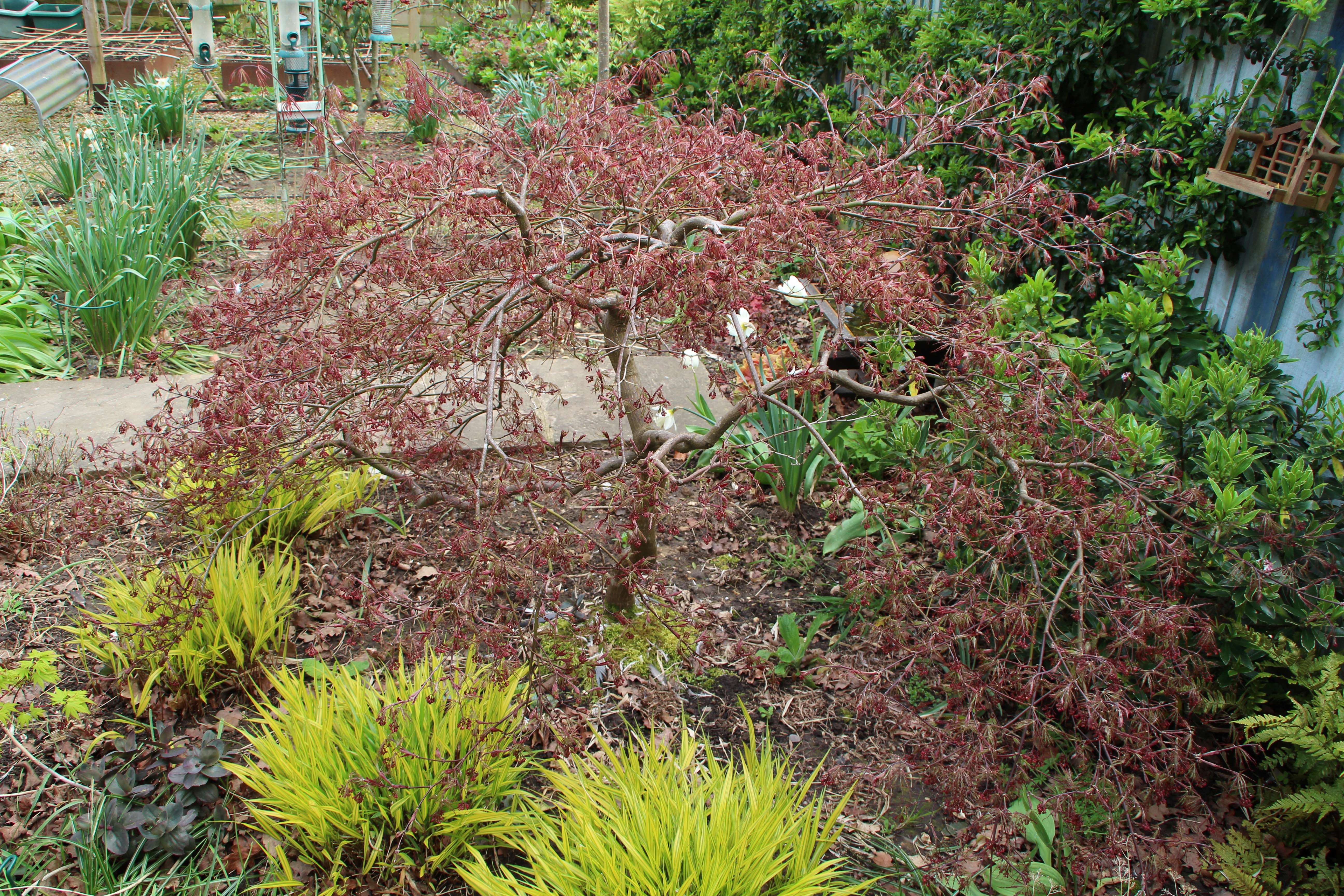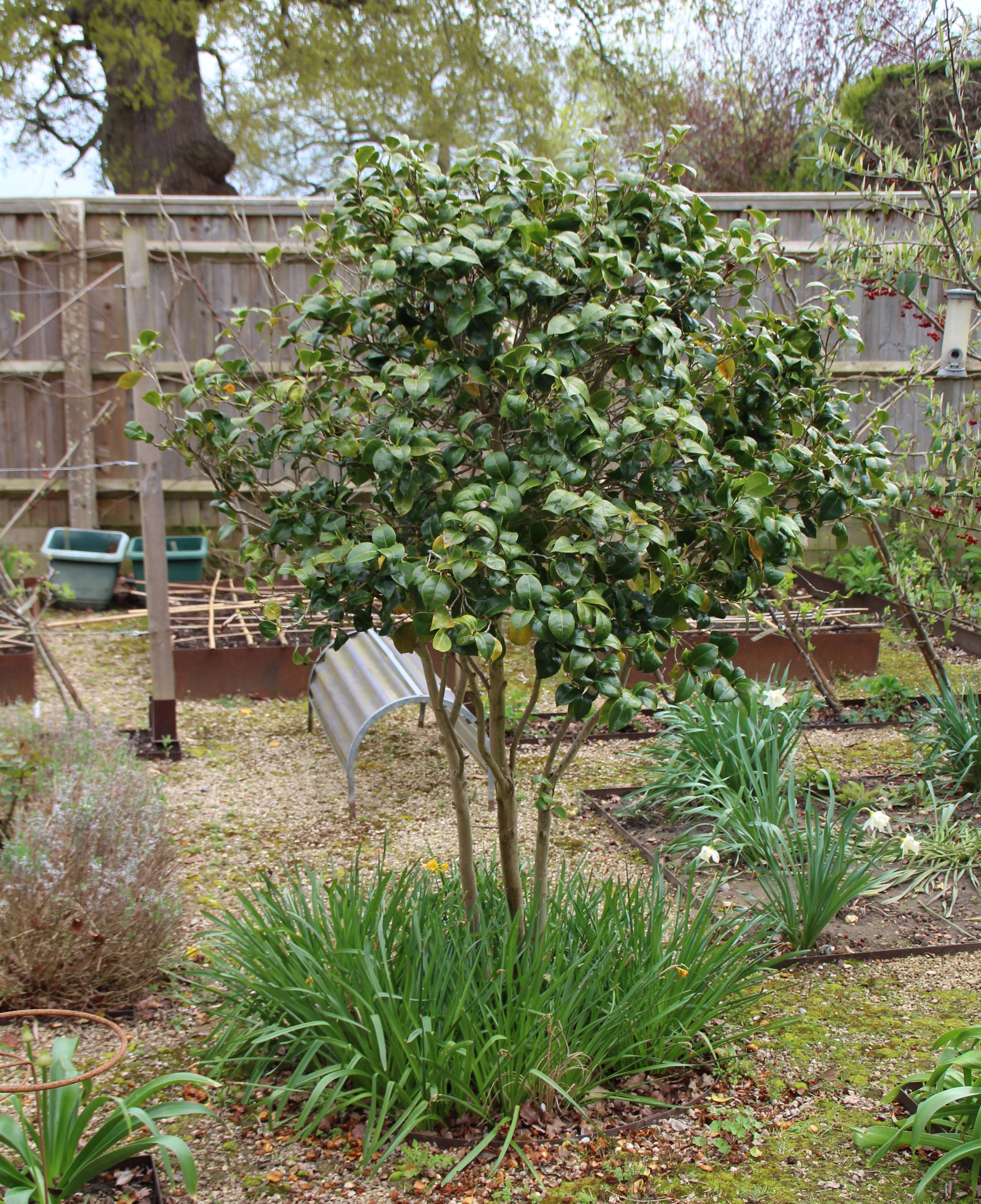The beginning of October often feels like summer hasn’t quite departed as the weather can still be quite warm even though the amount of daylight is now reducing pretty rapidly. Whether or not there is still warmth in the air, there certainly will be in the soil. In fact, soil temperatures will be considerably higher now than in the early spring, making autumn the perfect time for planting trees and shrubs. The roots of newly planted trees and shrubs should establish quickly in the warmer soil and the likelihood of autumnal and winter rains should help this establishment.
Planting holes should be ideally about three times wider than the existing pot or the root run for bareroot plants, but not too deep. Try to plant to the same depth as in the pot or in the case of bareroot plants you ought to be able to see the previous planting depth on the stem. Mycorrhizal fungi applied to the roots will also help establishment, but don’t improve the soil that you backfill with too much. You don’t want to create a small cosseted area, but rather encourage roots to reach out searching for nutrition. The better the root growth the better the feeding capacity once growth starts and the greater the stability of the plant.
There is a great article about planting trees on the RHS website, which illustrates how simple the process can be.
The other great planting opportunity in October is spring bulbs. If you’re one of those people whose mood dips when the clocks go back, getting spring bulbs into the ground is an investment in optimism and cheery signs that spring has arrived next year.
By the end of the month the days will be markedly shorter and we may be facing our first frosts so get ready to start protecting more tender plants.

